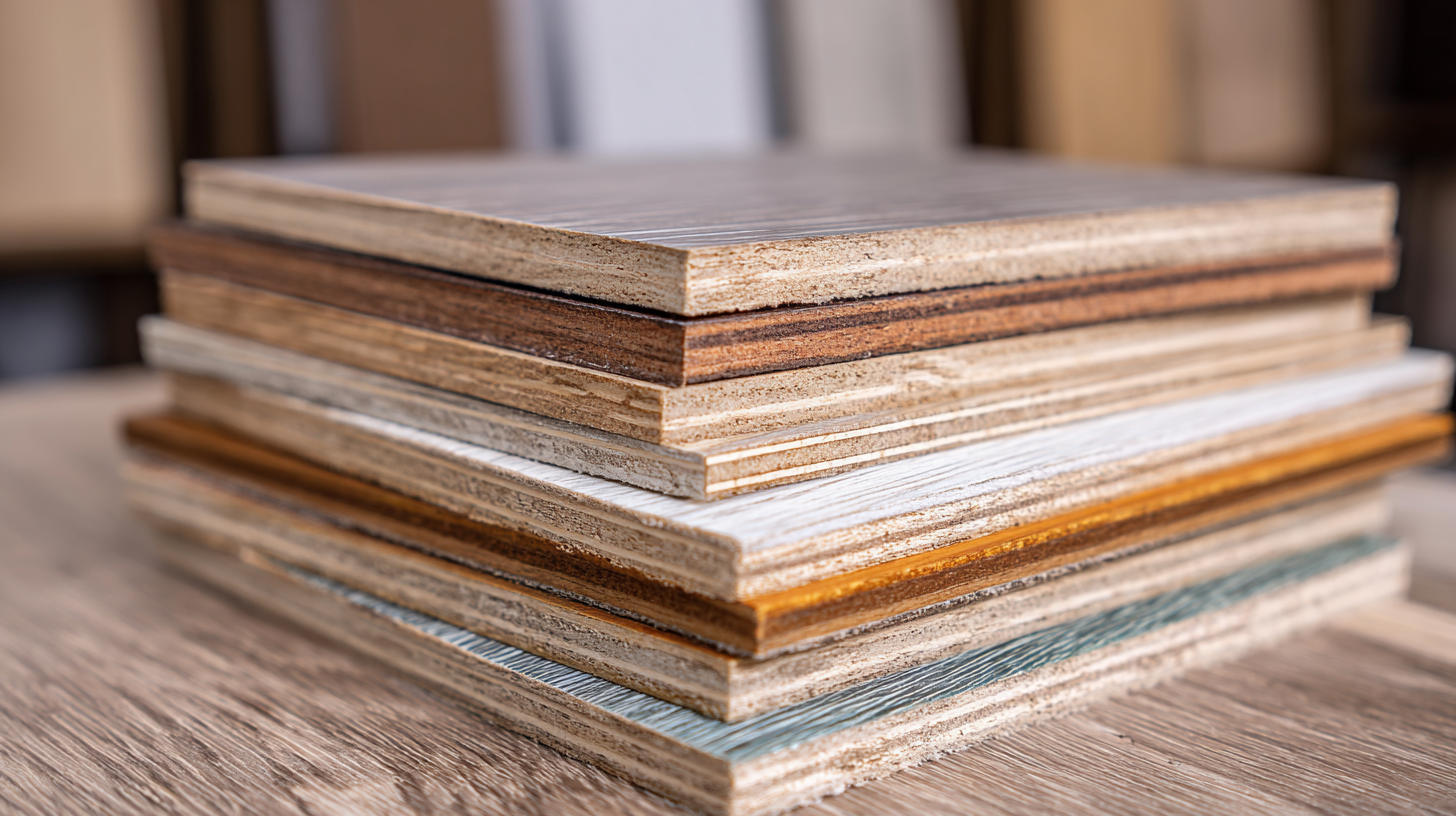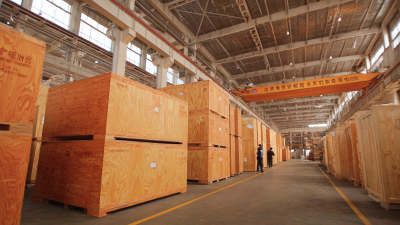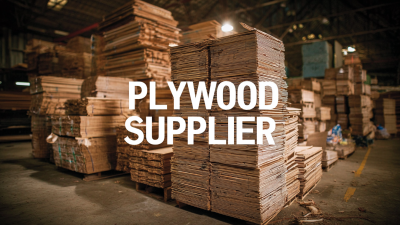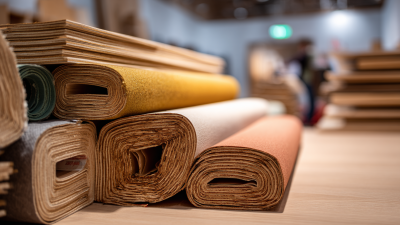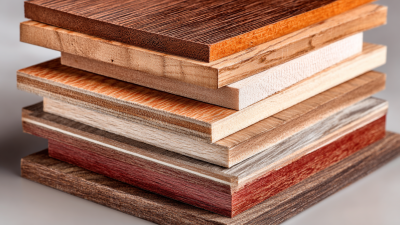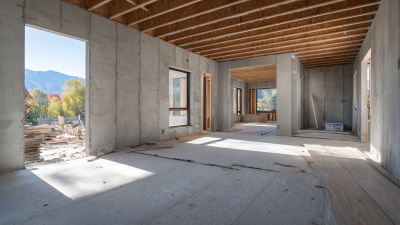Choosing the right flooring material is crucial when it comes to transforming a space, as it not only influences the aesthetic appeal but also affects durability, comfort, and maintenance. Flooring Plywood stands out as a versatile and reliable choice for various rooms in residential and commercial settings. According to industry reports, the global plywood market is projected to reach $50 billion by 2027, with flooring plywood witnessing a significant rise in demand due to its eco-friendliness and resilience. Its ability to withstand moisture and heavy foot traffic makes it suitable for kitchens, bathrooms, and high-traffic areas. Moreover, as homeowners increasingly prioritize sustainable building materials, flooring plywood, with its renewable sourcing, aligns perfectly with contemporary design trends. Understanding the different types of flooring plywood available in the market will help you make informed decisions to elevate your space aesthetically and functionally.

When it comes to flooring, plywood can be an excellent choice due to its versatility, durability, and cost-effectiveness. Understanding the different types of plywood available for flooring applications is crucial for achieving the desired look and performance in your space. One of the most popular types is Marine Plywood, known for its resistance to water and humidity, making it ideal for areas like kitchens and bathrooms where exposure to moisture is a concern. Its layered composition provides strength and stability, ensuring that it withstands the rigors of daily use.
Another option is Structural Plywood, designed for strength and often used in the construction of floors that require heavy load-bearing capabilities. This type is typically treated to resist damage from termites and other pests, adding to its longevity and reliability. For a more aesthetic approach, Baltic Birch Plywood is favored for its fine grain and smooth finish, making it suitable for stylish spaces such as living rooms or home offices. Each type of plywood brings its unique advantages, allowing homeowners to tailor their flooring choices to fit both practical needs and design preferences.
When selecting plywood flooring for various rooms, it's essential to consider both the function and aesthetic of each space. For living rooms, opt for thicker plywood that can withstand heavy foot traffic while showcasing beautiful grain patterns. The warmth of natural wood can create an inviting atmosphere, so choose finishes that enhance the natural beauty of the wood.
In kitchens and bathrooms, moisture resistance becomes a key factor. Look for plywood specifically treated to resist humidity and potential water damage. Additionally, lighter shades can help brighten up these often smaller spaces.
**Tips:** When considering plywood for your kitchen, ensure the subfloor is well-prepared to prevent warping. In high-moisture areas, use waterproof finishes to extend the life of your flooring. For bedrooms, prioritize comfort and acoustics—thicker plywood can help absorb sound and provide a cozy underfoot feel. Ultimately, balancing practicality with design will help you choose the best plywood for each room.
When selecting flooring plywood, it’s essential to consider the three key factors:
cost, durability, and aesthetics.
The cost of plywood can vary significantly based on the type and quality.
For instance, Baltic Birch, known for its high strength and fine finish, tends to be on the pricier side, while cheaper options like CDX plywood, often used in construction, can significantly cut costs.
However, investing in higher-quality plywood often pays off in the long run due to its increased durability.
Durability is another critical factor.
Plywood grades reflect their ability to withstand wear and tear; higher-grade plywood is generally more resilient and suitable for high-traffic areas.
Marine plywood, for example, is specifically designed to resist moisture and is ideal for rooms prone to humidity, such as
bathrooms or kitchens.
Finally, aesthetics should not be overlooked.
Different plywood veneers can dramatically change the look of a room, with options ranging from the warm tones of oak to the modern appeal of birch.
By balancing these factors, you can choose the right plywood flooring to complement your home’s design while ensuring functional longevity.
Achieving a flawless plywood floor finish begins with meticulous preparation and careful installation.
First, ensure that the subfloor is clean, dry, and level. Any imperfections can lead to uneven surfaces, which will be noticeable once the plywood is laid down.
After choosing the right type of plywood for your project—considering factors like thickness and grade—acclimate it to the room's temperature and humidity for at least 48 hours.
This step minimizes expansion and contraction after installation.
When laying the plywood, start from one corner of the room and work your way out, using spacers to maintain an expansion gap along the walls.
Secure the plywood sheets with adequate fasteners, ensuring they are flush with the surface but not overly driven in to avoid splitting.
For a seamless look, stagger the joints of each row, which provides greater stability and enhances the aesthetic appeal.
Finally, finish with appropriate sealants or stains to protect the wood and enhance its natural beauty, ensuring your plywood flooring withstands the test of time while maintaining a professional appearance.
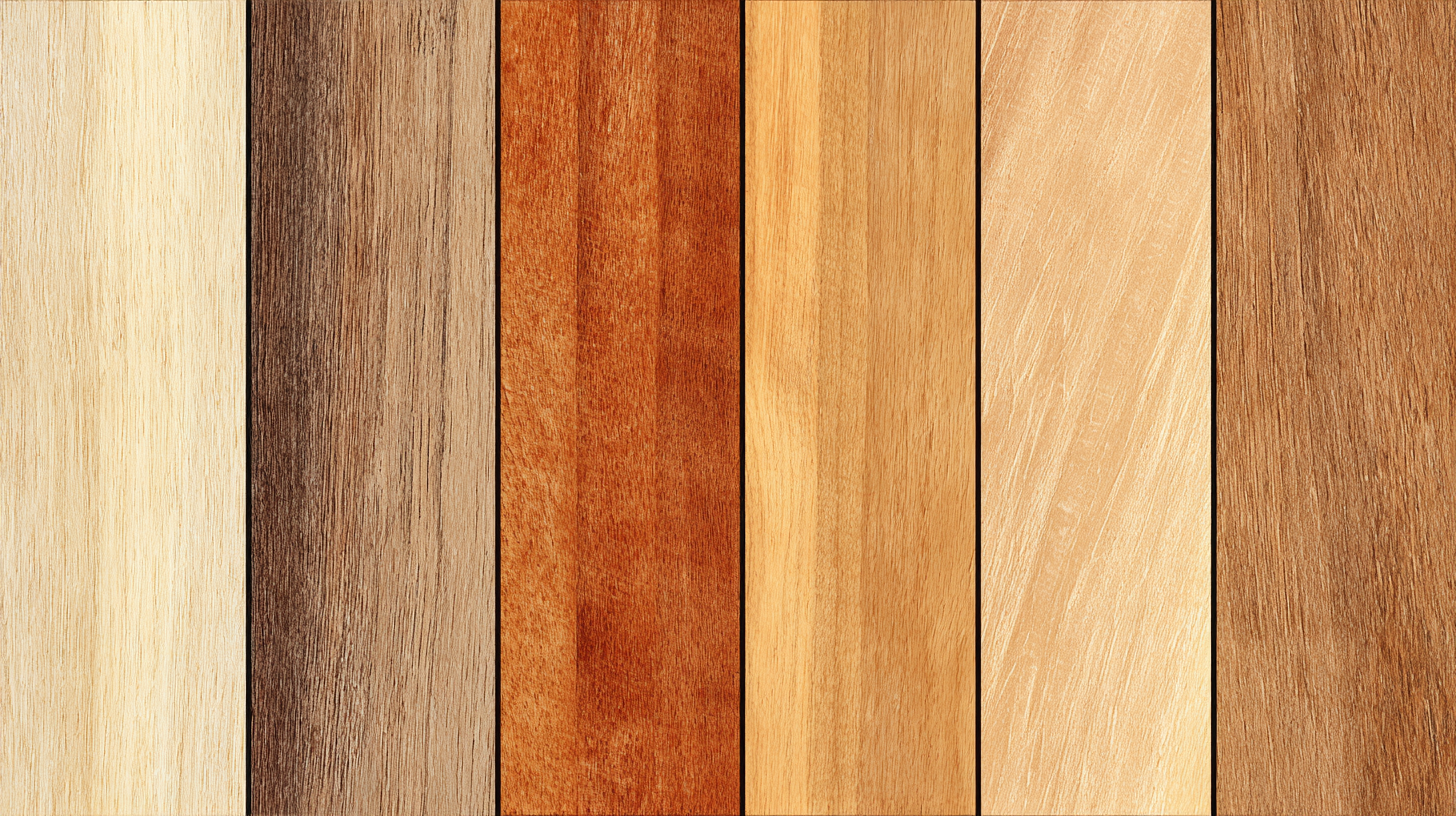
Maintaining and caring for your plywood flooring is crucial to ensure its longevity and aesthetic appeal. According to a report by the National Wood Flooring Association (NWFA), properly maintained wood floors can last a lifetime, with some installations exceeding 100 years. To keep your plywood flooring looking its best, regular cleaning is essential. Use a soft broom or a vacuum cleaner without a beater bar to avoid scratches. For deeper cleaning, a damp mop with a gentle wood-safe cleaner can help remove stubborn dirt without damaging the surface.
In addition to regular cleaning, it's important to manage humidity levels in your home to prevent warping or swelling of the plywood. The NWFA suggests maintaining indoor humidity levels between 30% and 50%. Installing a dehumidifier in humid months can help achieve this. Furthermore, applying a high-quality wood finish every few years will provide an additional layer of protection against wear and tear, enhancing the durability of your flooring. Routine inspections for signs of moisture damage or scratches will ensure that any issues are addressed promptly, keeping your plywood floor in prime condition for years to come.
